The core of traditional Chinese medicine is the theory of Yin Yang and Five Elements. The Five Elements refer to metal, wood, water, fire, and earth, representing different properties and organs. Yin and Yang represent two opposing yet interdependent aspects, such as cold and heat, deficiency and excess, and movement and stillness. Traditional Chinese medicine aims to regulate yin and yang, balance the five elements, and treat diseases by observing the patient's physical condition, analyzing the etiology and pathology, and adopting corresponding treatment methods and drugs.
Traditional Chinese medicine also emphasizes the regulation of human organs and meridians. Organs include the heart, liver, spleen, lungs, kidneys, etc., which correspond to different functions and attributes. Meridians are channels for the circulation of qi and blood in the human body, connecting various parts of the body, transmitting information and energy. Traditional Chinese medicine stimulates specific acupoints and meridians through acupuncture and moxibustion, massage, medicine and other methods to adjust the internal environment of the human body and enhance the self-healing ability.
中医之道的核心是阴阳五行学说。五行即金、木、水、火、土,它们分别代表了不同的性质和脏腑器官。阴阳则代表了相互对立而又相互依存的两个方面,如寒热、虚实、动静等。中医通过观察病人的身体状况,分析病因、病理,并采用相应的治疗方法和药物,以达到调和阴阳、平衡五行、治疗疾病的目的。
中医还注重人体脏腑和经络的调节。脏腑包括心、肝、脾、肺、肾等,它们分别对应着不同的功能和属性。经络则是人体内运行气血的通道,连接着身体的各个部位,传递信息和能量。中医通过针灸、按摩、药物等方法刺激特定的穴位和经络,以达到调节人体内部环境、增强自愈能力的目的。

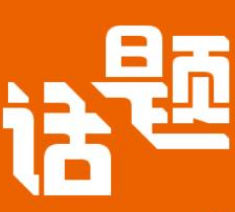
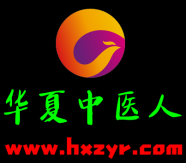
110X110.png)
110x110.png)
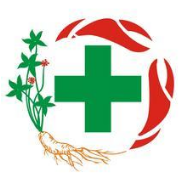
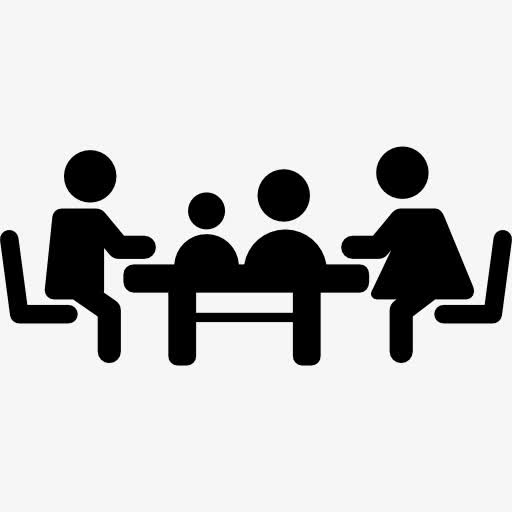

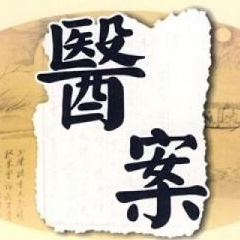
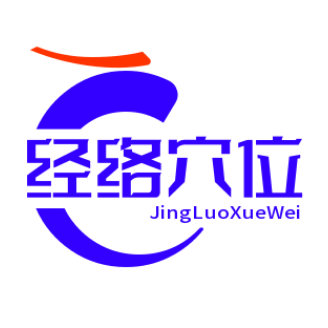

请登录之后再进行评论